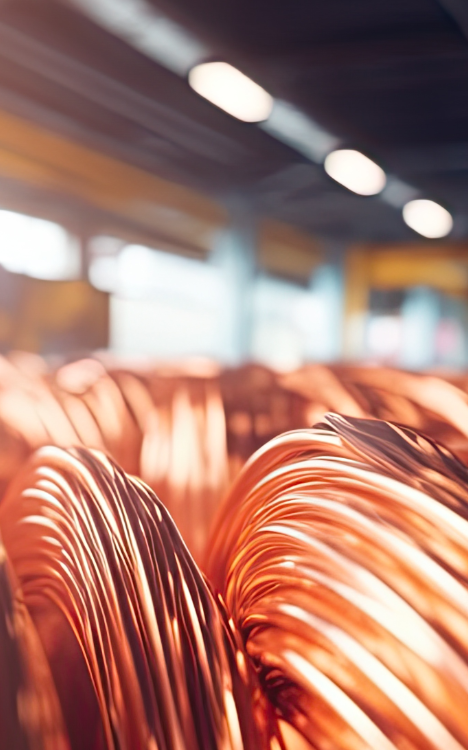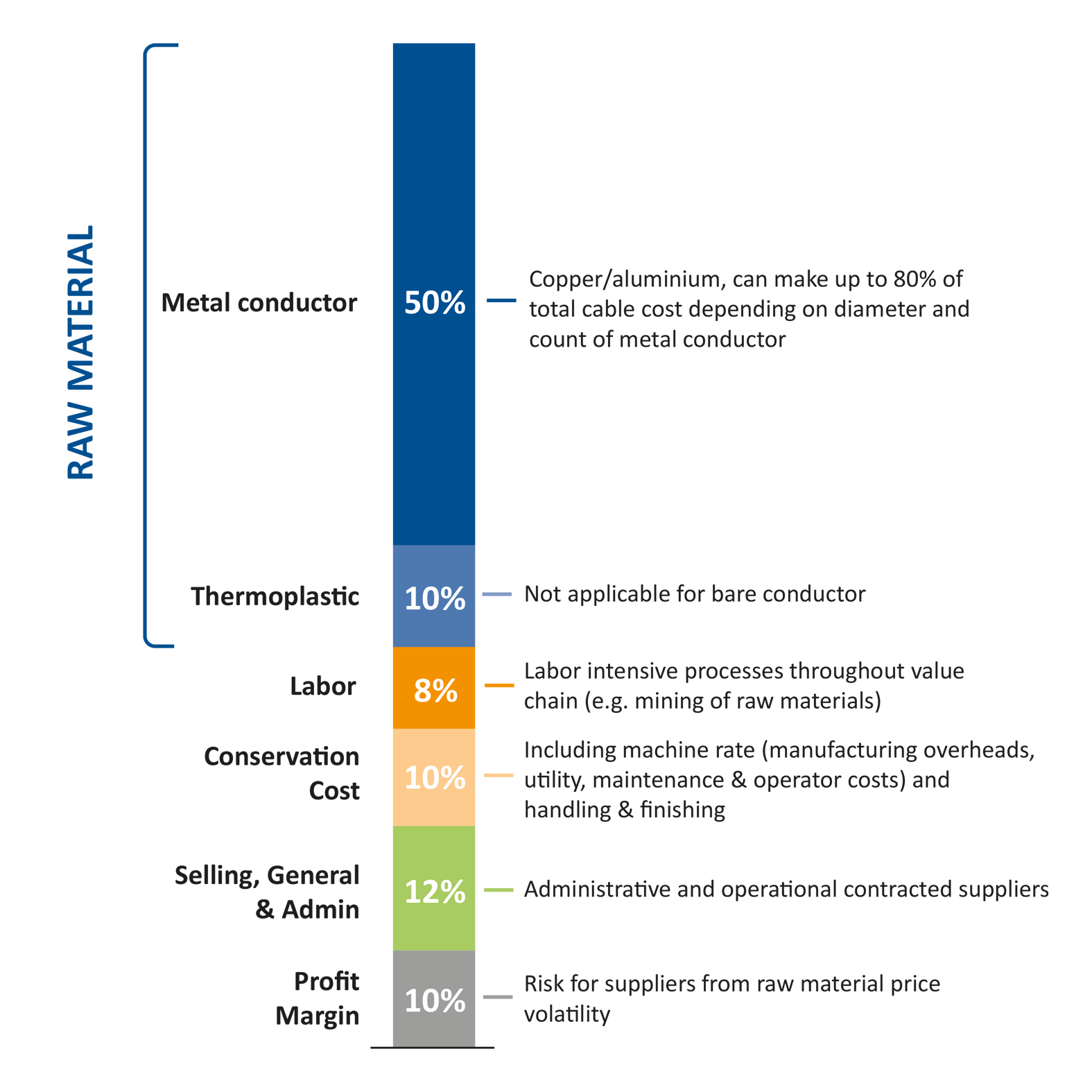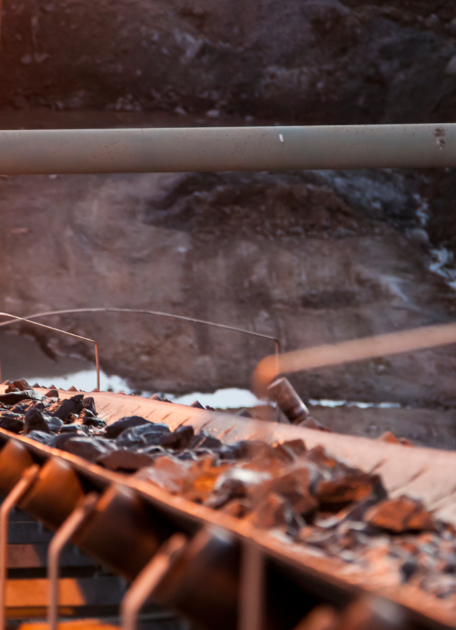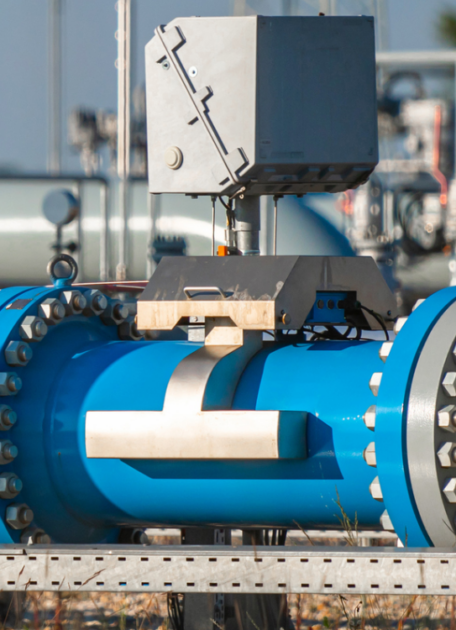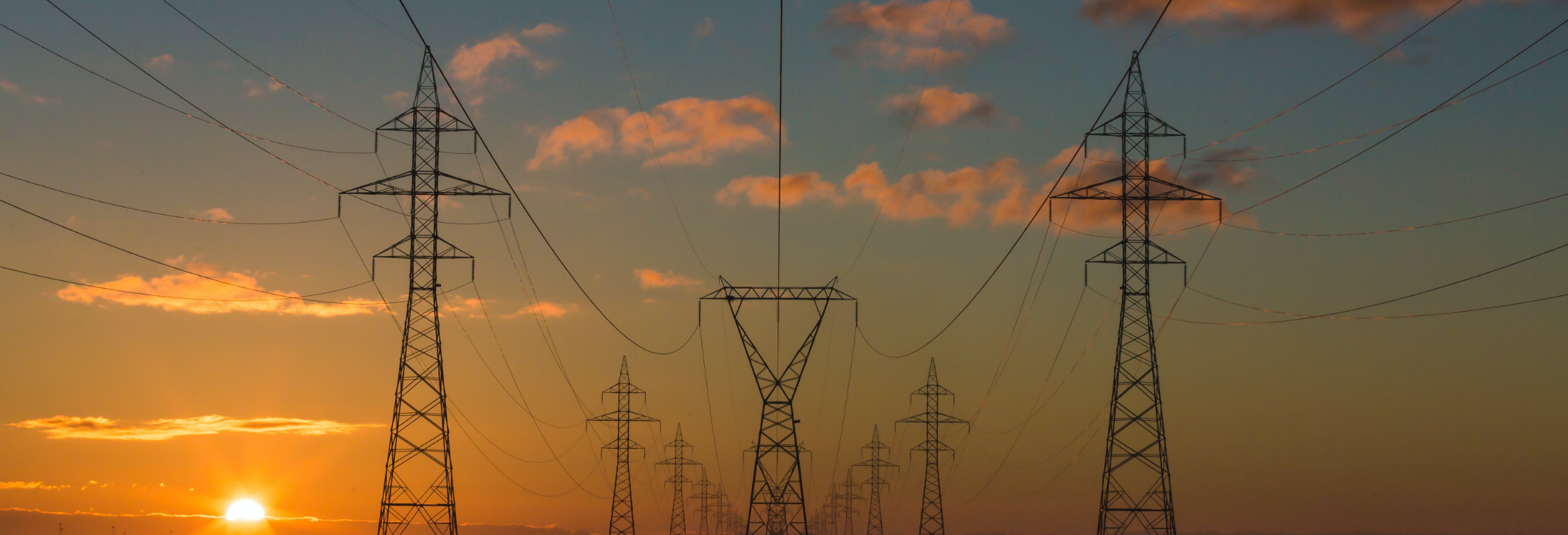The cable supply crunch is more than just a tactical problem. It’s a strategic challenge that will test the mettle of electrical utility companies. Navigating this challenge will dictate operational efficiency and shape the industry’s role in achieving broader goals, from sustainability to economic development.
Proactive measures to build power cable supply resilience are essential for survival and scaling in a complex, volatile landscape. Long-term planning, spanning 10-12 years, is crucial when developing energy networks. A robust cable supply strategy, coordinating project portfolios, generation, transmission capacity, and timing with available supply capacities, is vital. Aligning cost projections with cash flow planning is also necessary for project success.
Additionally, aligning the procurement function with project management for long-term supply management is essential. Electricity utility companies must adopt a strategic approach to managing project portfolios, considering cost escalation and supply challenges. Despite the volatility in long-term demand, addressing cable supply strategically and consistently is complex but necessary. Investing in critical capabilities for groundbreaking moves, with a 5-year ramp-up time, is worthwhile.
